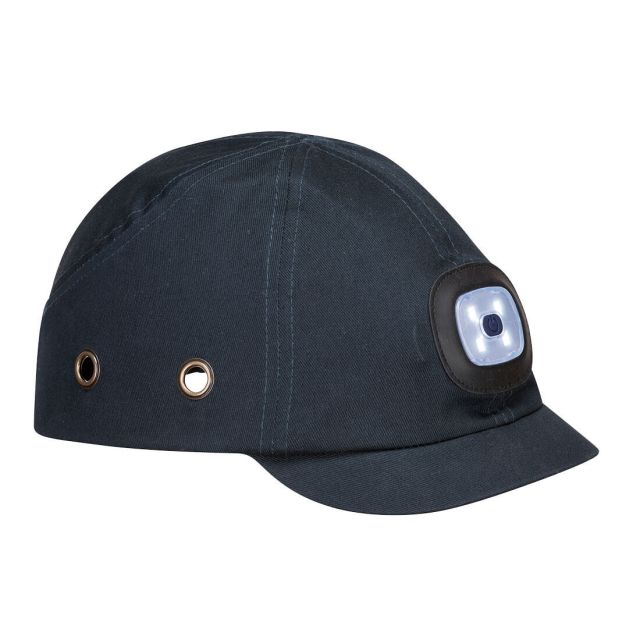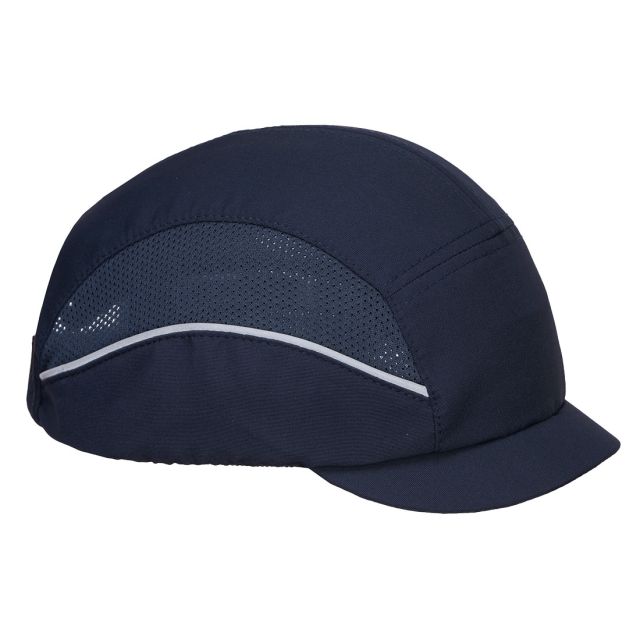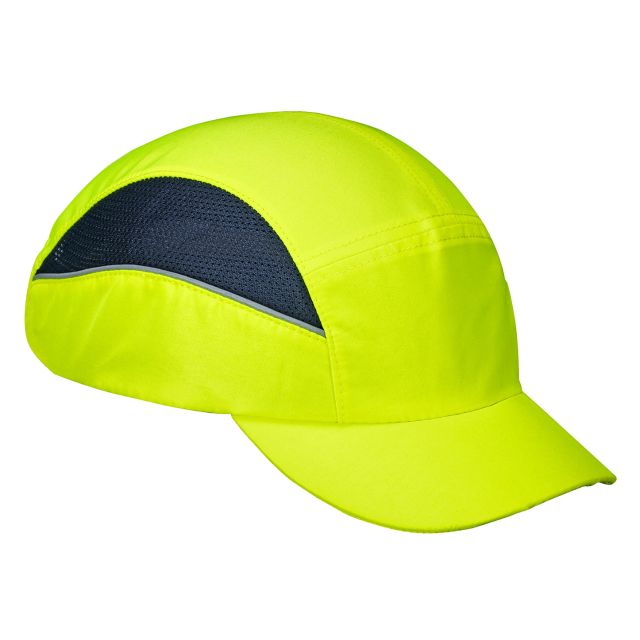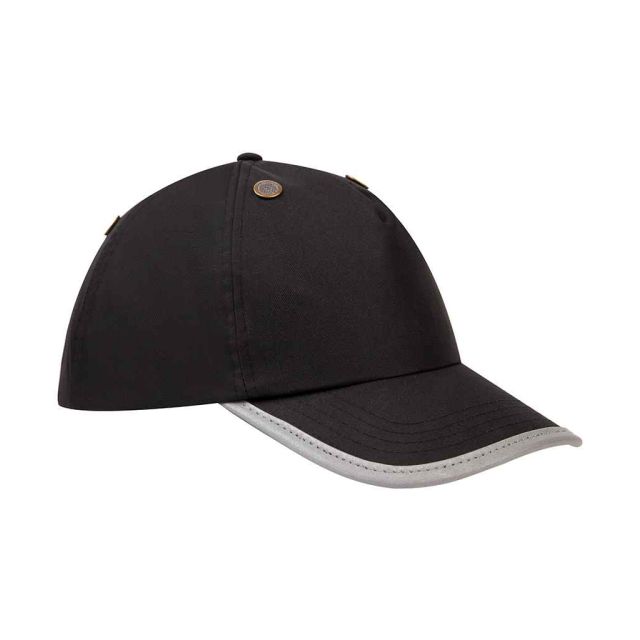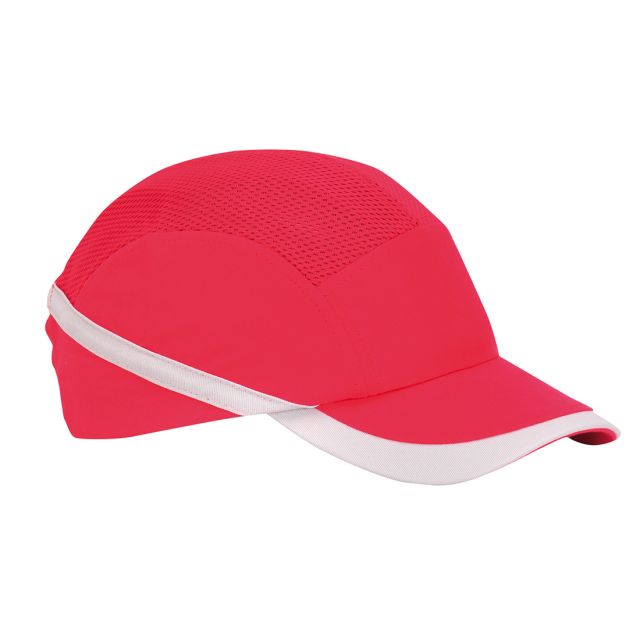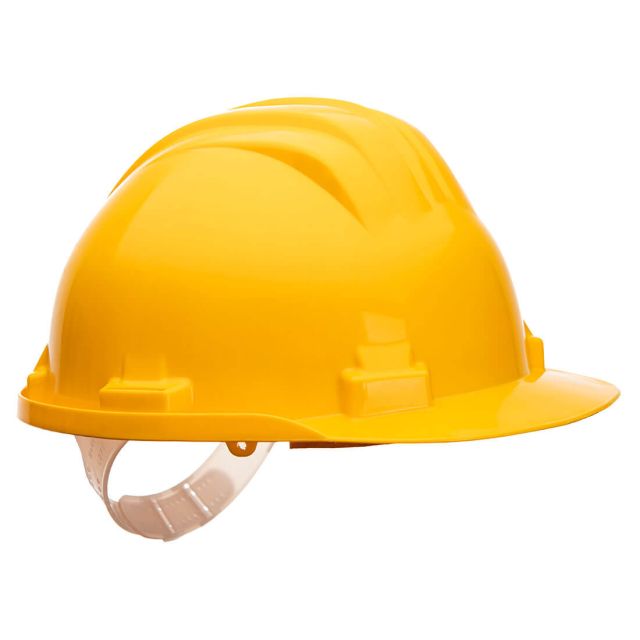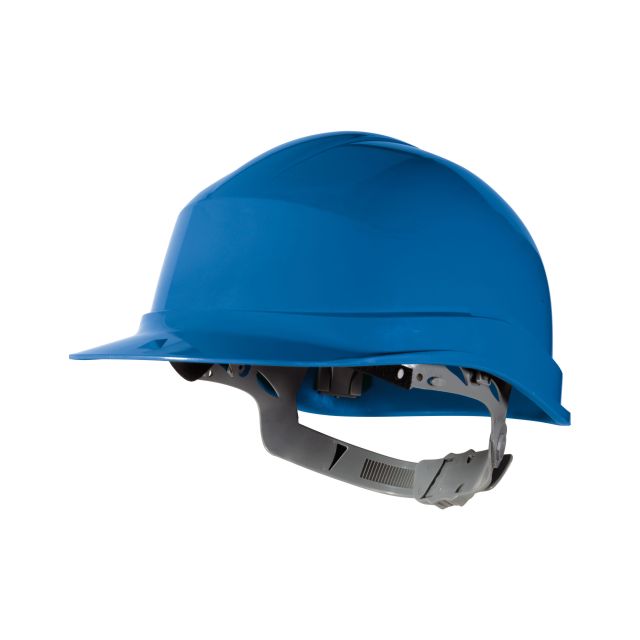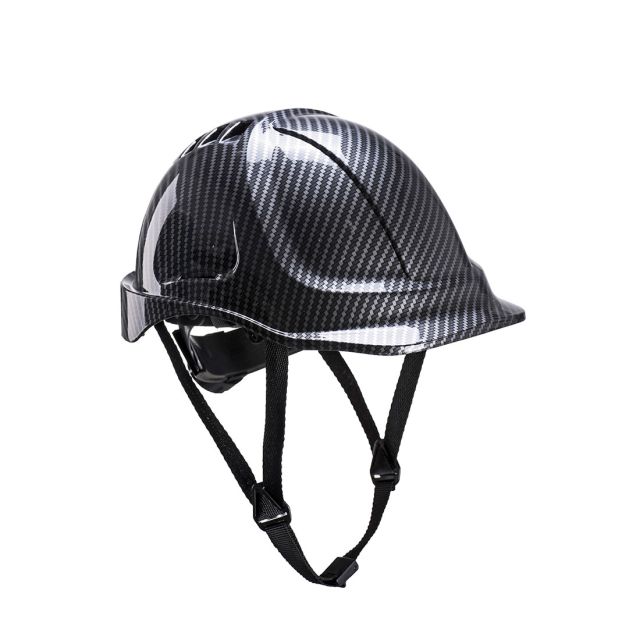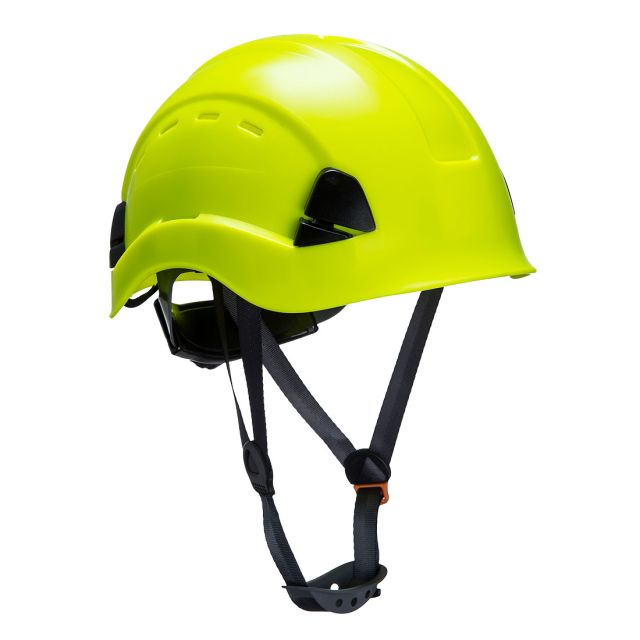Bump Caps or Hard Hats: What is the difference?
Head injuries are often serious and all too often life threatening. It is important, when working in hazardous industries, you and your employees are protected with some form of head protection such as a Hard Hat or a Bump Cap.
Hard Hats are very different pieces of PPE from Bump Caps and they both perform different safety functions, so it is important you understand the differences between them.
Each year around 65,000 need time off of work due to head injuries. Over 1,000 workers die from injuries sustained on the job. Do you know the difference between bump caps and hard hats?
- Page Contents
- The Difference Between Bump Caps and Hard Hats
- What Is A Bump Cap?
- What Is A Hard Hat?
- Are Bump Caps Allowed in Construction?
- Conclusion
What is the Difference Between a Bump Cap and a Hard Hat?
Bump caps are safety equipment that protect the wearer from minor head bumps and lacerations, but not from falling or flying objects. You should use safety bump caps when there is a risk of impact between the head and stationary objects such as low ceilings, the underside of a vehicle (for mechanics, especially) and overhead piping.
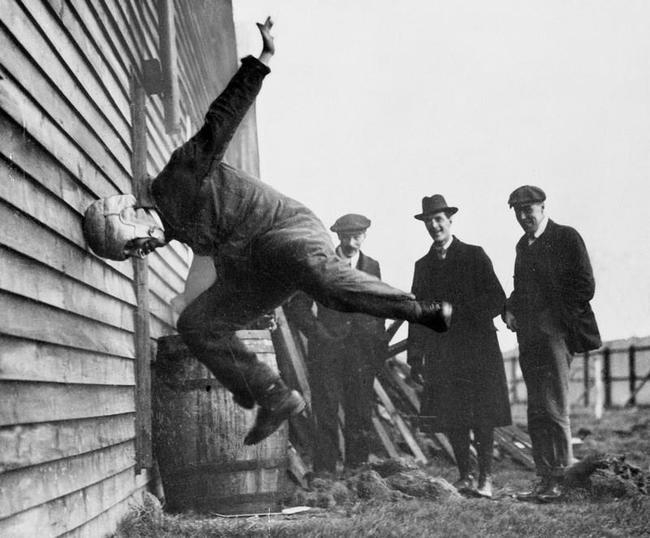
It is the bump cap's removable safety insert that protects the head and not the fabric cap itself. This allows for easy cleaning and customisation techniques such as embroidery.
When there is a risk of impact with moving objects, we must use a hard hat.
Both bump caps and hard hats have safety requirements which are defined in the safety standard BS EN 812:2012. They test bump caps for a lower level of severity, measuring essential performance and safety requirements. Also, bump caps provide protection against sharp objects and some against cold temperatures.
Hard Hats (aka: Safety Helmets) are an essential piece of PPE equipment (PDF). It is made of rigid material such as a polymer, metal or fibreglass to protect the wearer when working in places where debris and falling objects cause a potential risk of head injury.
Mandatory on building sites, hard hats will withstand major impact to protect the wearer’s head from impact. Hard hats also protect the wearer from different weather conditions.
Both hard hats and bump caps provide some level of head protection. What you need for your industry depends on the potential hazards you and your workers are exposed to.
What is a Bump Cap?
Also know as a bump hat, these are inexpensive and easy to wear, almost like a safety version of a baseball cap, but are not for really high impact risks.
Effectiveness of Protection
A bump cap protects you from stationary objects and nothing that is high impact. They are, as the name suggests, simply to protect against bumping your head.
Cost
Bump caps sit at around the £6-£10 range per unit but are cheaper when ordering in bulk. However, some companies offer winter hard caps around the £15-£25 price point.
Maintenance
Inspect, maintain, replace. Replace anything that is damaged. Clean with mild soap and water. Do not use chemicals on the cap or shell.
Lifespan
You can perform a shell test by pressing down with both hands. If the material springs back, your bump cap is still effective. Compare with the elasticity of a new shell. If it does not have the same properties or has cracks, it needs to be replaced in order to comply with EN812:2012.
Ease of Wear
Look for adjustable straps for an easy secure fit. Caps do not add height to your head and reduce your chances of injury from bumping into objects. You can get hot and sweaty with prolonged use if the model does not provide ventilation.
Bump caps are more lightweight compared to hard hats and do not impair vision.
What is a Hard Hat?
Also known as a Safety Helmet, hard hats are exactly what they say they are - a hat, that is hard - designed to protect you from impacts that would otherwise result in serious head injury or even death.
Effectiveness of Protection
Hard hats protect you from high-impact debris by absorbing the shock of the impact and offer the best head protection when worn correctly. Hard hats are resistant to penetration, falling objects and extreme heat.
Cost
The cost of hard hats can range anywhere from £3 per unit to £20-£30 per unit. The average price range is £9. When bought in bulk, it reduces the cost significantly.
Maintenance
Just like bump caps, follow the "inspect, maintain and replace" rules. Make sure you replace any damaged parts and clean with mild soap and water. Do not use chemicals on your hard hat - that includes permanent markers!
Lifespan
You need to replace the suspension at least every 12 months and the shell every 2-5 years. The lifespan of you hard hat relies on your work environment such as:
- Sunlight exposure
- Temperature extremes
- Chemical exposure
- Frequency of use
You need to inspect your hard hat daily to determine if the shell, suspension or the entire unit needs replacing. Also, if your hard hat has sustained an impact, you need to replace it. Replace your hard hat if it has:
- Cracks
- Dents
- Cuts/gauges
- Frayed straps
- Tears
- Flexibility
Heat, sunlight and chemical exposure also effects your hard hat. They can make the shell become chalky, dull and less flexible.
Ease of Wear
Hard hats need to be fitted to make sure they are comfortable. They are adjustable. You and your staff can wear items such as bandanas, skull-caps and hoods underneath your hard hat as long as they are smooth on top of your head. Make sure you avoid pressure points. Your hard hat needs to fit snuggly.
Hard hats often need replacing to offer the highest level of protection so it is better value when you buy them in bulk. Any workplace with the hazard of high-impact debris requires hard hats to be worn.
You should also be aware that there are different colours of hard hats for different job roles. you can learn more about hard hat colour coding here.
Are Bump Caps Allowed on Construction Sites?
Probably not.
There is no hard and fast rule here, except the suitability of the headwear for the environment you are in. If it's possible that someone could drop a brick on your head, then a bump cap is not going to protect you in the way a hard hat would.
Your managers will know this and will probably set a site/company wide rule.
So if the PPE sign says you must wear a Hard Hat, then a bump cap is not suitable.
Conclusion
The type of head protection you need depends on your workplace and working environment. If there is a risk of high-impact, you need to wear hard hats. You should only use bump caps to protect you from minor head bumps and cuts.
It is important you do not skimp on head protection. Injury of a worker will cost businesses more in the long run than the head protection itself.
- How Long Does PPE Last? (Probably Not As Long As You Think) - 12th March 2025
- BSIF Issues Urgent Warning: 90% of PPE from Non-Registered Providers Fails Safety Tests (2025) - 10th February 2025
- Understanding UK Safety Standards for Respiratory Protection - 14th October 2024

